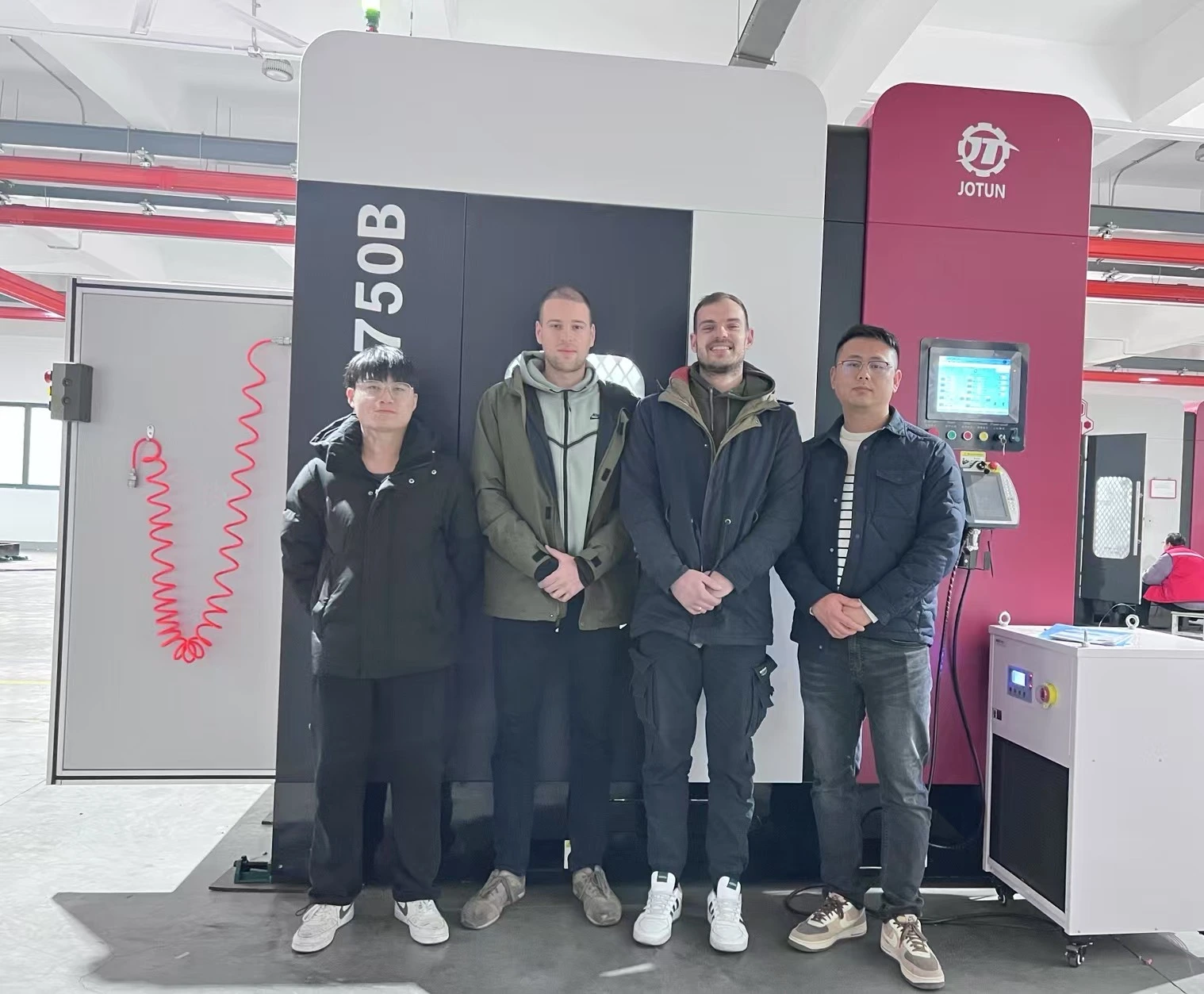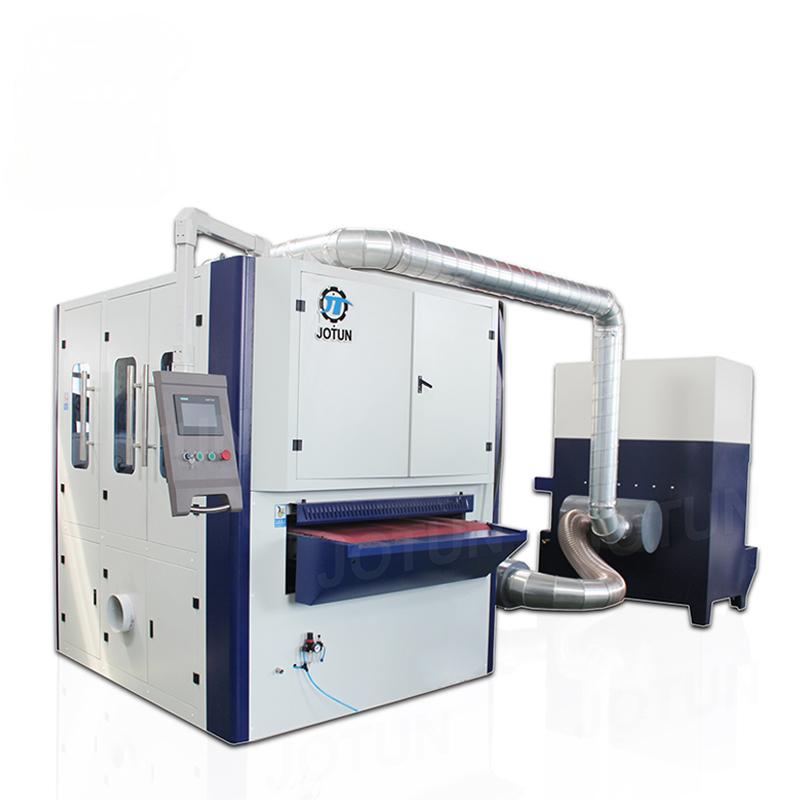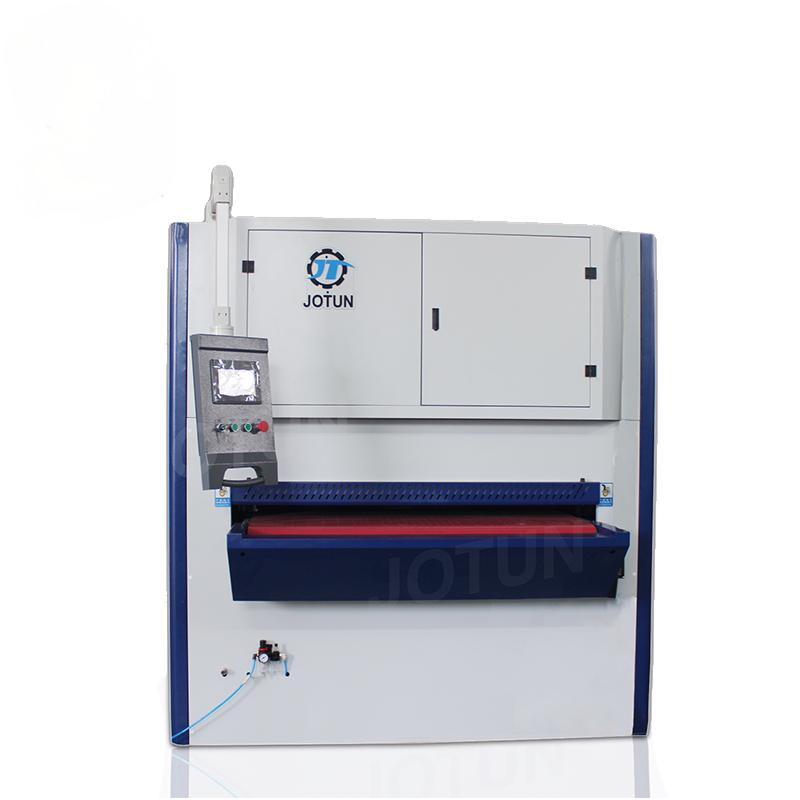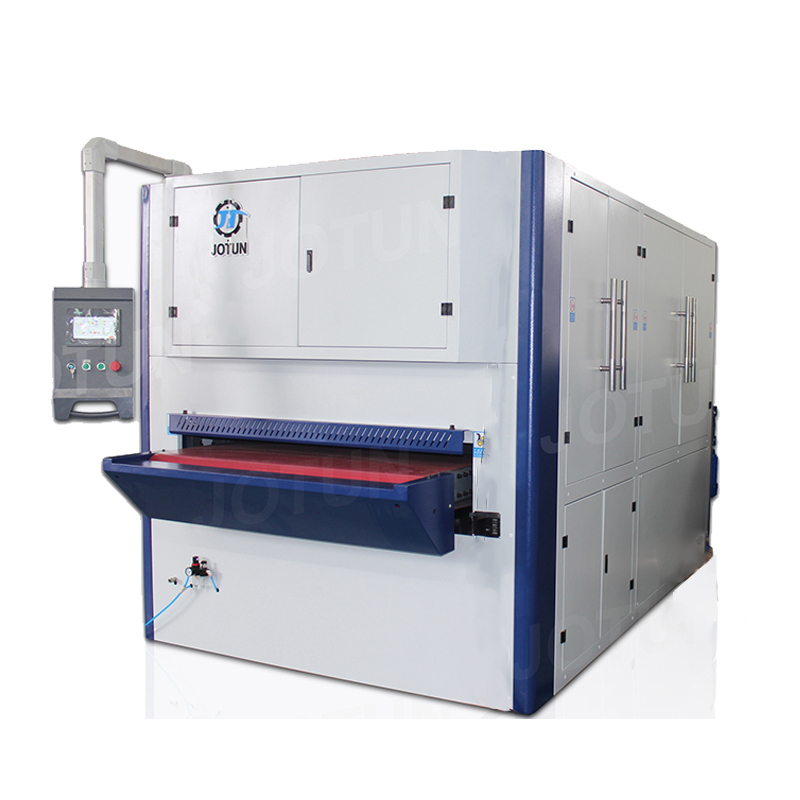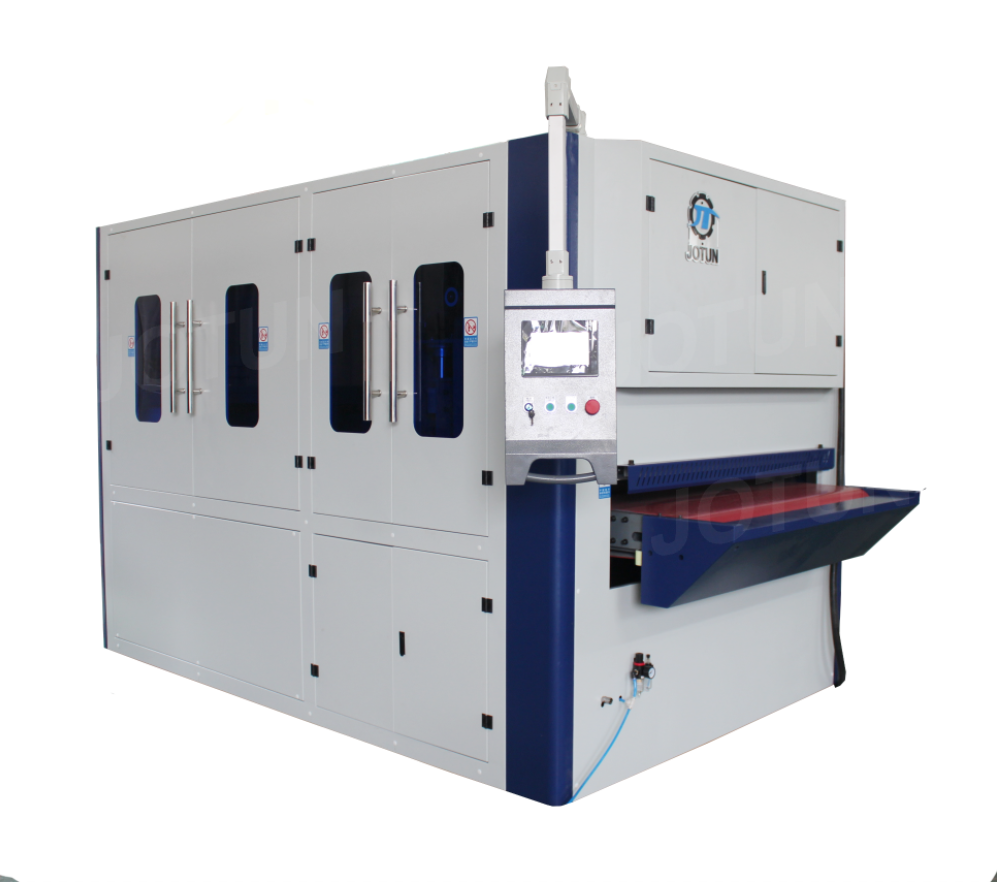Deburring, the process of removing sharp edges and burrs from metal, plastic, or other materials, is essential in manufacturing and machining to ensure product quality and safety. Two primary methods for deburring are wet and dry processes, each offering distinct advantages depending on the application and material. Understanding the differences between wet and dry deburring machines can help you choose the right solution for your specific requirements.
Wet Deburring Machines
Process Description: Wet deburring machines use water or a water-based solution mixed with abrasive compounds to remove burrs and smooth edges from workpieces. The abrasive slurry is circulated through the machine, continuously flushing away debris and cooling the workpiece during the process.
Advantages:
Cooling Effect: Water helps dissipate heat generated during deburring, preventing overheating of the workpiece.
Cleaning: The abrasive slurry cleans the surface of the workpiece, removing contaminants and improving surface finish.
Suitability for Soft Materials: Ideal for softer materials that may deform or clog abrasive media in dry processes.
Applications:
Delicate Parts: Used for parts with intricate designs or delicate surfaces.
Heat-Sensitive Materials: Effective for materials prone to heat damage.
Cleaning Requirements: Suitable when cleanliness is critical.
Considerations:
Maintenance: Regular cleaning and maintenance of the machine and fluid filtration systems are necessary to prevent clogging and maintain performance.
Environmental Impact: Requires appropriate wastewater treatment due to the use of water and abrasive slurry.

Dry Deburring Machines
Process Description: Dry deburring machines use abrasive media such as ceramic stones, plastic media, or blasting media to remove burrs from workpieces. The process does not involve water or liquids but relies on mechanical force and abrasion.
Advantages:
Cost Efficiency: Lower operating costs due to the absence of water and associated filtration systems.
Versatility: Suitable for a wide range of materials and applications, including metals, plastics, and composites.
Environmental Considerations: Generates less wastewater and may be more environmentally friendly in some contexts.
Applications:
High Production Settings: Ideal for mass production environments where speed and efficiency are critical.
Harder Materials: Effective for materials that do not require cooling or where water could cause issues, such as rusting or contamination.
Considerations:
Heat Generation: May generate more heat during the deburring process, potentially affecting heat-sensitive materials.
Surface Cleaning: Dry deburring may not clean the workpiece surface as thoroughly as wet processes.
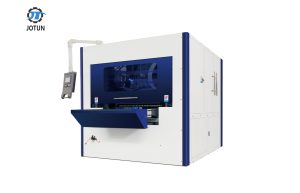
Choosing the Right Solution
When selecting between wet and dry deburring machines, consider the following factors:
Material Type: Determine whether your material is heat-sensitive or prone to deformation.
Surface Finish Requirements: Evaluate the desired surface smoothness and cleanliness.
Production Environment: Assess the production volume and speed requirements.
Cost and Maintenance: Compare the initial investment, operating costs, and maintenance requirements.
In conclusion, both wet and dry deburring machines offer distinct advantages depending on your specific application and material requirements. By understanding the differences and considering your operational needs, you can choose the most effective deburring solution to enhance product quality and efficiency in your manufacturing processes.



